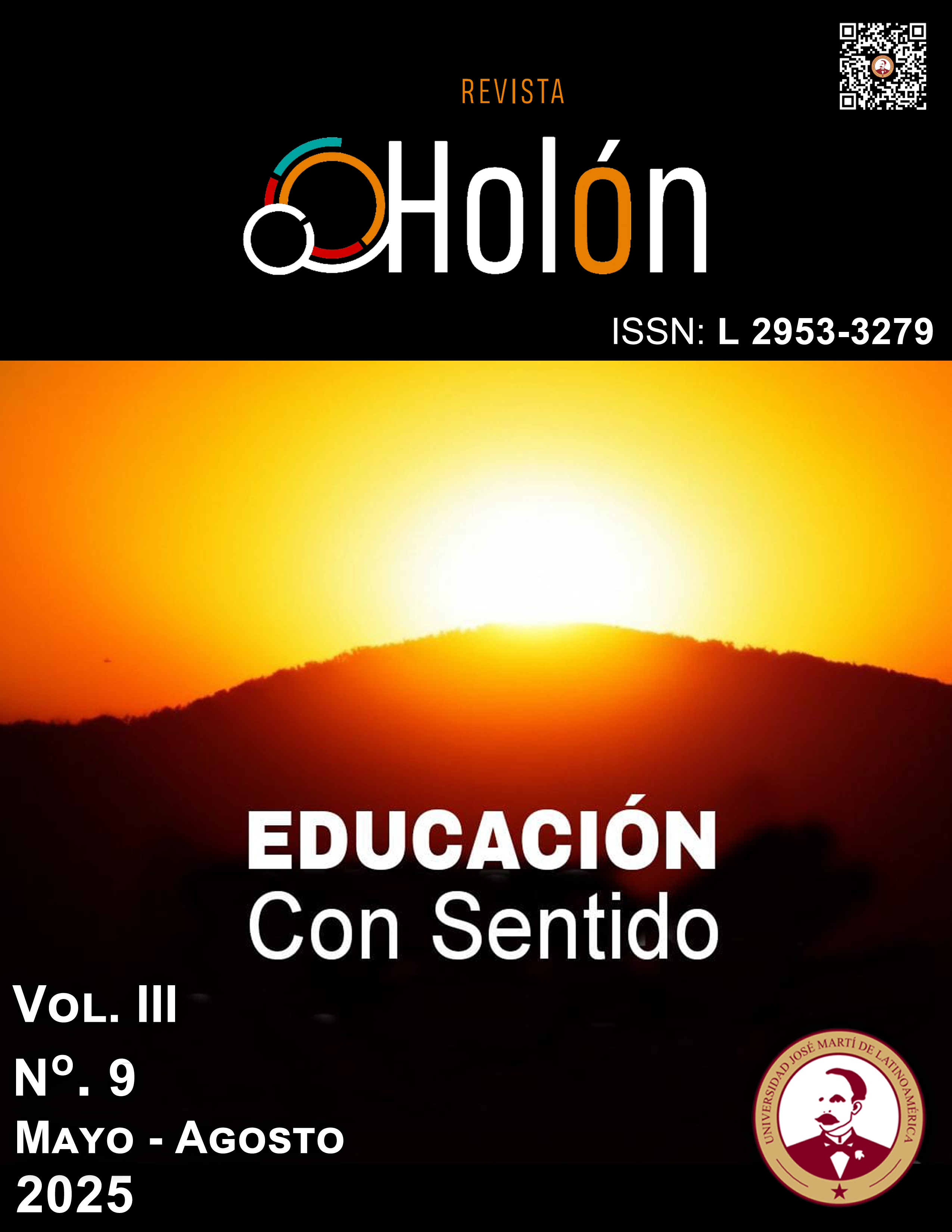

Copyright (c) 2025 Revista Holón

This work is licensed under a Creative Commons Attribution-NonCommercial-ShareAlike 4.0 International License.
This article analyzes constructivist teaching strategies for vulnerable educational contexts without access to information technology and insufficient technological infrastructure. The study, conducted in rural areas of Mexico (2023-2024), employed a qualitative approach with a theoretical review and fieldwork (teacher interviews, classroom observations, and community workshops). It was identified that the digital divide deepens educational inequalities, but methodologies such as project-based learning, formative assessment, and the use of local resources such as school gardens and community murals mitigate this gap. The participants, including 30 teachers and 15 school communities, demonstrated that pedagogical training in constructivism and universal design for learning (UDL) enhances critical and collaborative skills without relying on technological infrastructure. The results highlight the need for educational policies that prioritize teacher training in active teaching methods and the integration of community knowledge. It is concluded that innovation in vulnerable contexts requires curricular flexibility, social participation, and adaptations based on neuroeducational principles.